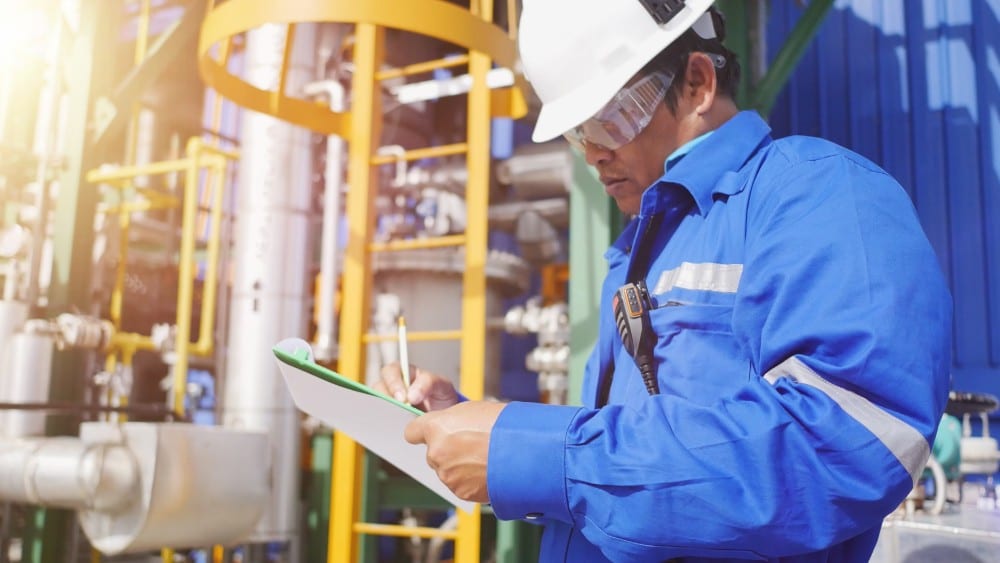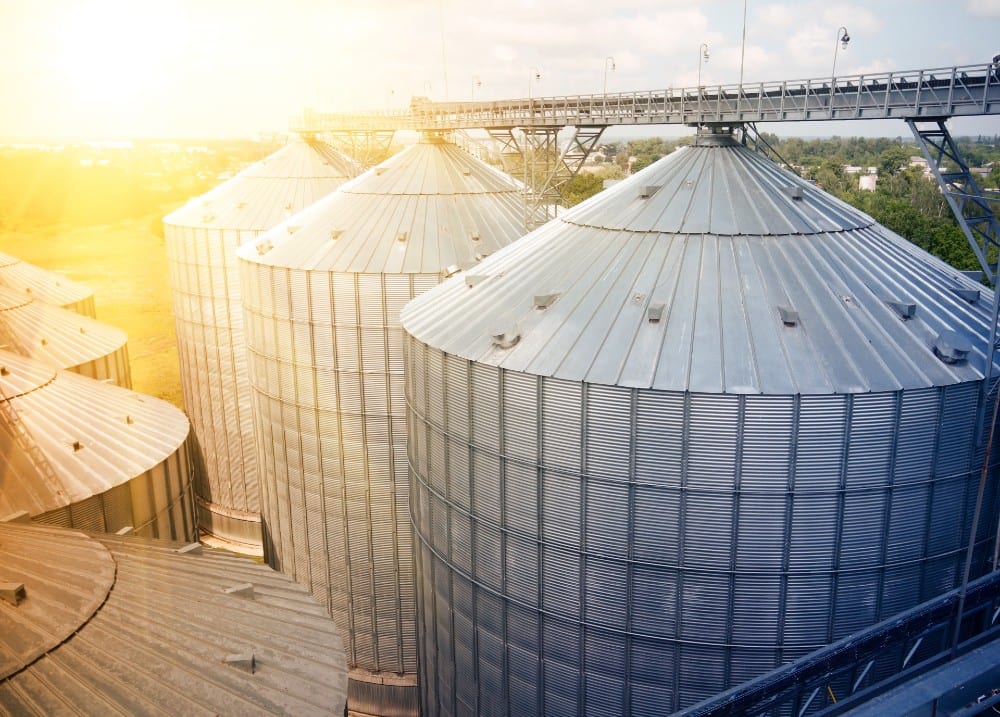How Plant Managers Can Effectively Use Their Safety Budget
Preparation prevents unnecessary accidents. This is true when it comes to caring for your car, your home, and your crews. Accidents can be costly, affecting finances and health. When you are managing an entire plant, preparation is vital, especially when lives and budgets are on the line.
Safety in a chemical plant requires a significant amount of preparation, but the preparation needs to fit within the confines of an inflexible budget. Plant Managers, therefore, have to work magic as they allocate their safety budget to ensure their employees are able to walk out of the plant safely each day.
These are several of the ways that managers can spend their budgets wisely.
How to Effectively Use Your Safety Budget
Having a solid safety budget is one thing, using it effectively is another. To decide on budget usage, Plant Managers and stakeholders should first look at common injuries and their severity.
Money needs to be spent in a way that will protect the most people and provide the most safety measures. Managers should make a list of the injuries and prioritize them, then decide what money is needed to remove the chances of these injuries happening.
Managers will need to ask for budget approval from stakeholders, and those stakeholders will want proof that the budget request will be successful. Stakeholders will ask for the best return on investment, as the budget is limited and can only be used in so many places.
They will also want to see how those budget requests will meet OSHA regulations. So, it’s imperative that you set your budget according to needs rather than wants.
For example:
Do you need to pay for plant employees to have updated CPR certifications?
According to OSHA, this certification isn’t required if first responders are a quick 911 phone call away. However, if your plant is remote then CPR training is needed along with an accessible defibrillator.
Prioritize Maintenance
Keeping the plant and its systems in top condition is a cost-effective way to prevent unnecessary accidents.
When equipment and systems work efficiently and effectively, accidents are less likely to happen. Plant Managers who prioritize maintenance extend the life span of equipment and the system.
It is wise to include maintenance in safety budgets, as it reduces the need to replace expensive equipment often. When equipment is operating at full capacity, more work gets done in less time. And, when equipment is maintained, there is less downtime in the plant meaning productivity stays high.

Proper Employee Training
Safety budgets need to include employee training. In some cases, the training will need to be done by an outside source, especially CPR training. Otherwise, any training that can be done internally will be less expensive than outsourcing it. If an employee is qualified to train, use that person; otherwise, third-party training needs to be factored into the budget.
The highest cost attached to training is time. Each employee hour of training needs to be factored into the budget. So, before creating the safety budget, managers need to understand how much training is truly needed and how invasive that training will be.
If the entire plant or a large department needs to be trained, plant productivity might slow or come to a complete halt. A safety budget that does not include training would be incomplete and could result in serious injuries.
Optimize Tank Cleaning
Another way to optimize the safety budget is to modernize your tank cleaning processes. Chemical Plant Managers should consider robotic cleaning systems as a safe way to clean in confined spaces, such as storage tanks.
These robots can enter tanks, decontaminate them, and never have to stop for a lunch break or get paid more for overtime. They are highly efficient as they do the dangerous work in much less time than your crews.
Related post: Robots vs. Humans: Which Is Safer For Tank Cleaning?
Tank cleaning can be a disruptive part of preventative maintenance. Before ecobots, human employees would be pulled from other tasks, trained on entering confined spaces, and sent into tanks.
They needed safety gear, regular breaks, and safe decontamination procedures. They needed to be trained on how to avoid slipping and falling, and how to use cleaning products effectively.
With robotic cleaning systems, all of that training becomes unnecessary as the robots do the work. The only necessary training is for the operators who can remotely control the robot inside the tank. The robots get the job done quickly, safely, and without errors.
Ecobots take the human element out of cleaning confined spaces, and they do it in an eco-friendly way, too. The robots use less water than human crews both in the tanks and outside.
They use cleaning products more efficiently, so fewer chemicals are needed to maintain the interior of the tanks saving you money and the environment.
Plan for Prevention Not Reaction
All too often, safety issues are not a concern unless a plant has had a serious accident in the past. This is not the way that plants should function. The idea behind crafting a safety budget should be all about preventing accidents, not fixing them. Employees need to have a safe place to come to work each day, and having a smartly planned safety budget that includes the proper tools and training is the only way to go.





